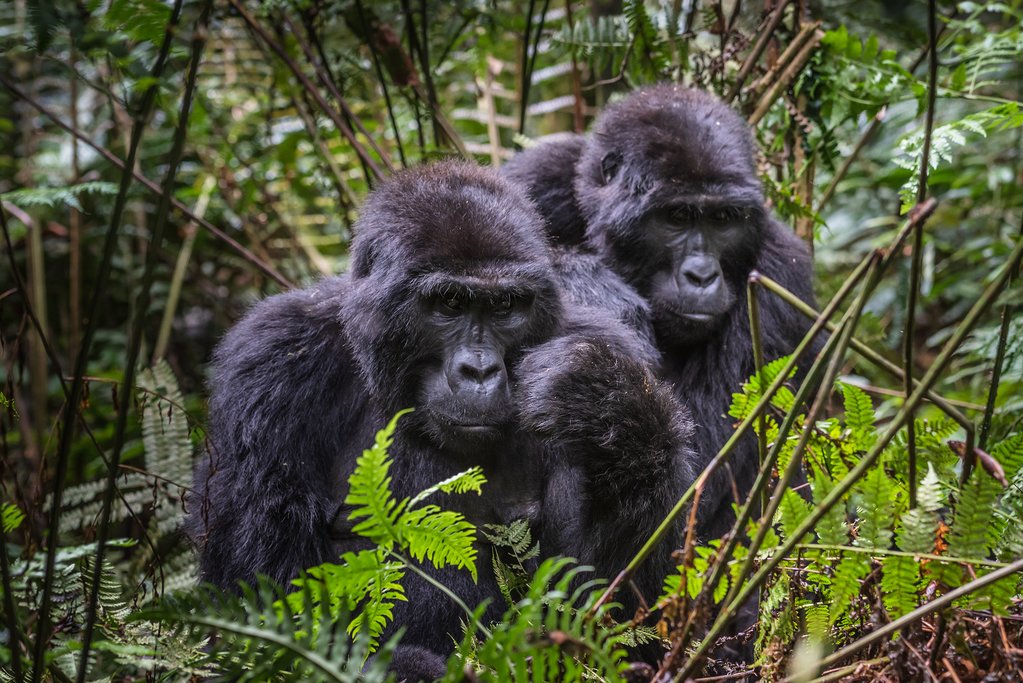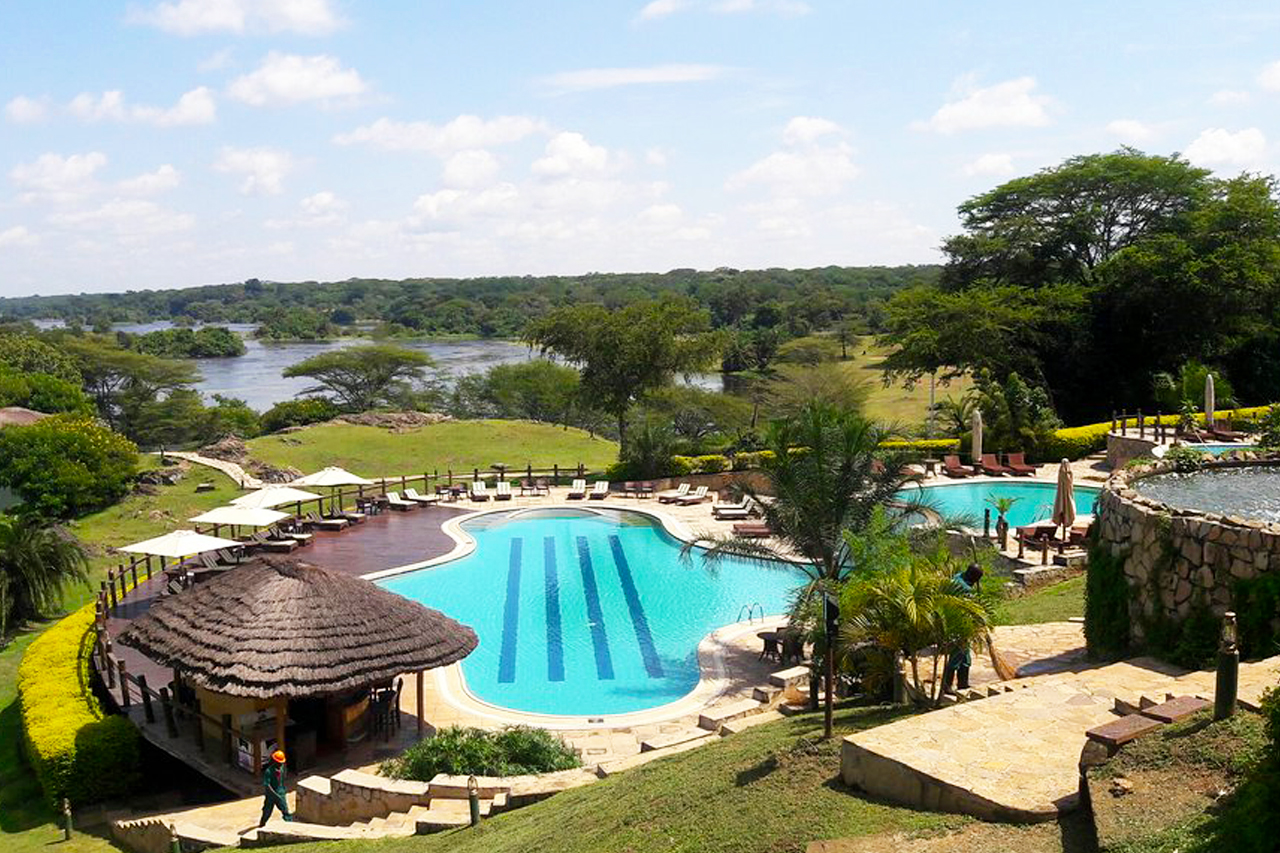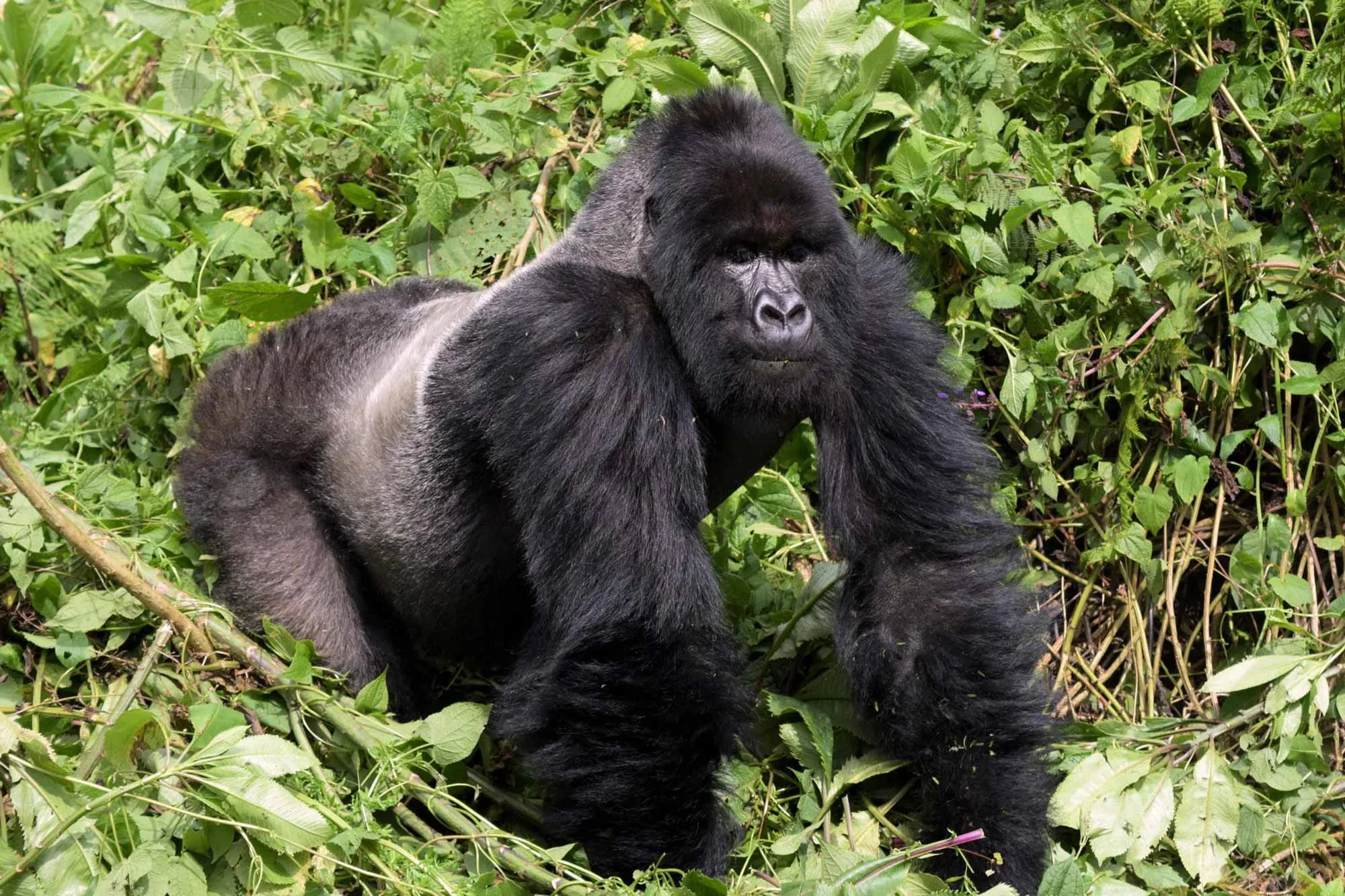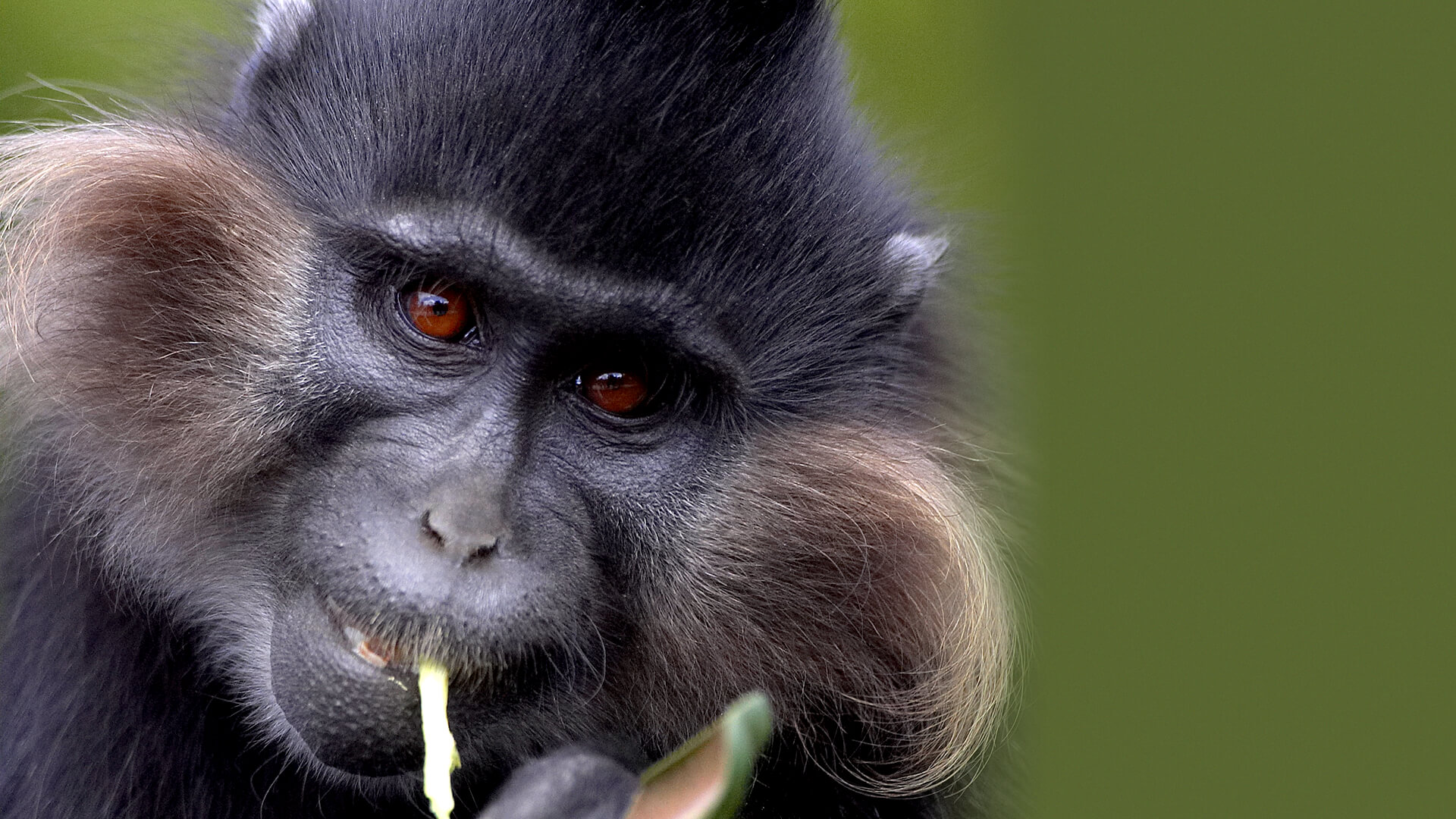5 most popular National Parks in Uganda
5 most popular National Parks in Uganda. Uganda, known as the “Pearl of Africa,” is a country rich in natural beauty and wildlife. With its diverse landscapes, dense rainforests, and stunning wildlife, Uganda boasts several national parks that are a haven for nature enthusiasts and wildlife lovers. In this blog post, we will take you on a virtual journey to the five most popular national parks in Uganda, where you can experience the wonders of African wildlife up close.
- Bwindi Impenetrable National Park: Located in southwestern Uganda, Bwindi Impenetrable National Park is renowned for its majestic mountain gorillas. This UNESCO World Heritage Site is home to approximately half of the world’s remaining mountain gorilla population. Trekking through the dense rainforest to encounter these gentle giants in their natural habitat is a once-in-a-lifetime experience that will leave you in awe.
- Queen Elizabeth National Park: Nestled between the Rwenzori Mountains and Lake Edward, Queen Elizabeth National Park is a diverse ecosystem that encompasses savannahs, wetlands, and forests. The park is home to an array of wildlife, including elephants, lions, buffalos, and hippos. A boat safari along the Kazinga Channel offers an opportunity to witness abundant birdlife and a large concentration of hippos and crocodiles.
- Murchison Falls National Park: Situated in northwestern Uganda, Murchison Falls National Park is the largest protected area in the country. The park’s highlight is the powerful Murchison Falls, where the Nile River crashes through a narrow gorge, creating a spectacular display of natural beauty. Here, you can spot various animals like elephants, giraffes, lions, and the rare Rothschild’s giraffe.
- Kidepo Valley National Park: For those seeking an off-the-beaten-path adventure, Kidepo Valley National Park in northeastern Uganda is a hidden gem. This remote and rugged park offers a truly authentic African wilderness experience. With vast savannahs, mountains, and seasonal rivers, it provides a habitat for lions, elephants, giraffes, zebras, and countless bird species. The breathtaking views of the Kidepo Valley make it a photographer’s paradise.
- Lake Mburo National Park: Located in western Uganda, Lake Mburo National Park is the smallest of Uganda’s savannah national parks but is not short on charm. The park is characterized by rolling hills, acacia woodlands, and a series of lakes. It is an excellent destination for nature walks, horseback riding, and boat safaris. Lake Mburo is famous for its population of zebras, impalas, buffalos, and various antelope species.
Conclusion: Uganda’s national parks offer a unique and unforgettable wildlife experience. From encountering endangered mountain gorillas in Bwindi Impenetrable National Park to witnessing the powerful Murchison Falls in Murchison Falls National Park, each park has its own distinct beauty and attractions. Whether you are an avid photographer, a wildlife enthusiast, or simply a lover of nature, Uganda’s national parks are a must-visit destination that will leave you with memories to cherish for a lifetime. So, pack your bags, grab your camera, and embark on an adventure to explore the wonders of Uganda’s natural treasures.










